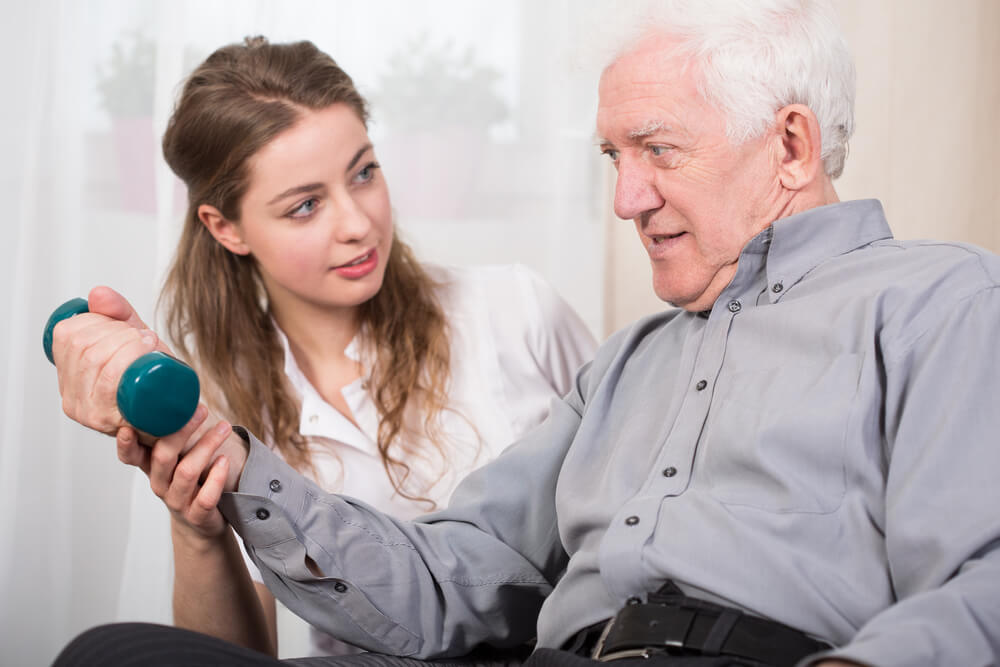Understanding different Techniques for Physiological Therapy toward Improved Restoration plus Recovery
Understanding different Techniques for Physiological Therapy toward Improved Restoration plus Recovery
Blog Article
Bodily rehabilitation represents an significant component of recovery and restoration for many people. This assists individuals restore power, improve flexibility, and alleviate pain subsequent to injuries or surgeries or surgeries. Various approaches to bodily rehabilitation, each tailored to meet the specific demands of individuals. Understanding these diverse approaches can aid patients make educated choices about their recovery journey.
One typical method to bodily rehabilitation is manual treatment. This approach entails hands-on therapy by a physical therapist to handle muscle groups and articulations. Physical rehabilitation can help reduce discomfort, boost blood flow, and enhance range of motion. Therapists may employ techniques such as kneading, joint adjustment, and flexibility exercises to help clients recover. This method is often helpful for those with musculoskeletal problems, such as back discomfort or arthritis, as it centers on the physical elements of healing.
A different significant method is therapeutic physical activity. This approach includes targeted activities designed to enhance strength, stability, and dexterity. Physiological specialists create tailored movement plans based on the patient's situation and goals. These activities can range from basic movements to further challenging activities. Rehabilitative movement is crucial for regaining power after an incident and preventing subsequent complications. It furthermore aids patients restore belief in their physical capabilities, which is crucial for total recovery.
Aquatic rehabilitation is an additional beneficial method that utilizes liquid to assist in recovery. This approach utilizes the floatation of water, which reduces the impact on joints and allows for more comfortable activity. Clients can carry out activities in a swimming pool, making it a fantastic choice for those with limited mobility or pain. Aquatic rehabilitation can aid boost power, range of motion, and resilience while delivering a helpful setting for rehabilitation. It is particularly beneficial for clients rehabilitating from operations or those with long-term pain conditions.
In conclusion, learning and self-management are essential components of physical treatment. Bodily practitioners not just provide treatment but furthermore instruct clients about their conditions and how to manage them. Such comprises comprehending body function, position, and the value of being involved. By empowering individuals with knowledge, specialists click for more info assist them assume an active position in their healing. This approach motivates patients to persist their rehabilitation beyond the scope of therapy sessions, resulting to improved long-term outcomes.
In summary, physical treatment provides various techniques to improve rehabilitation and restoration. Physical rehabilitation, therapeutic exercise, pool rehabilitation, and education all have important functions in assisting individuals recover their power and mobility. All approach is tailored to satisfy the unique demands of individuals, ensuring a complete method to healing. Through understanding these diverse techniques, clients can more effectively navigate their healing path and work towards achieving their healing objectives.